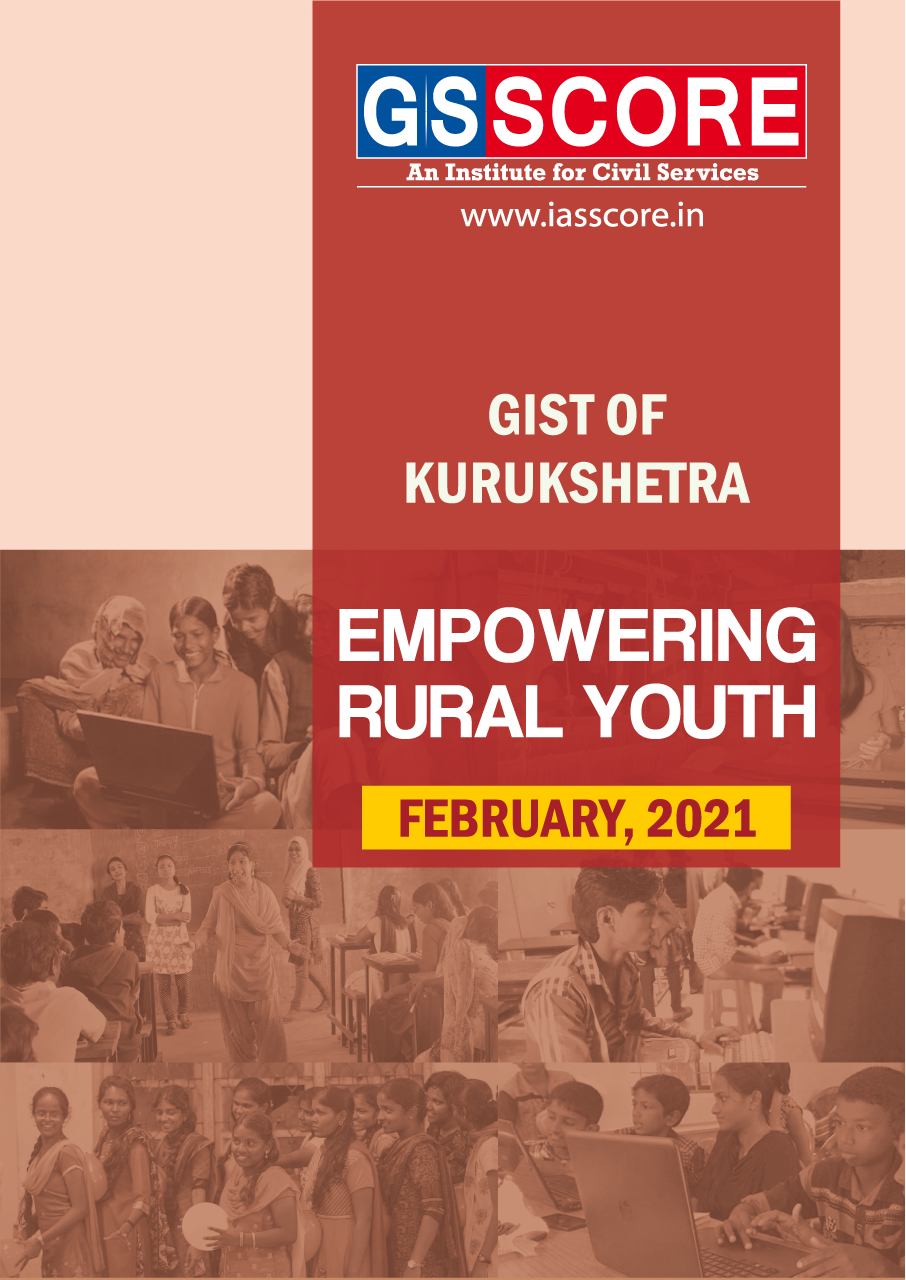


Empowering Rural Youth
Introduction
Rural youth have huge potential to be the drivers of India's economic engine and play a critical role in sustaining its growth. It is paramount that young people are propelled to channelise their creativity, skill and knowledge for rebuilding rural India. The government through several measures has been focusing on empowering rural youth by giving thrust on skill development, employment, entrepreneurship, innovation and talent development. Thus, the theme of this issue is aptly titled 'Empowering Rural Youth'.
The Ministry of Rural Development is currently implementing several programmes for creating skills and livelihood in rural areas. It is essential that Indian economy has the ability to support the increase in the labour force, provided the youth have the appropriate education, skills, health awareness and other enablers to productively contribute to the economy. Engaging rural youth in productive agricultural activities will help India to reap the benefits of the demographic dividend. Programmes like 'Start up India' and 'Stand up India' have been launched to promote Agri-Start-Ups along with several verticals of agriculture.
The importance of agriculture and allied sectors like livestock including dairying, fisheries, horticulture, apiculture & sericulture in rural employment generation is enormous. In 2020, even during the lockdown to curb spread of COVID-19, the agriculture sector recorded an impressive performance which has fuelled expectations for an agriculture led recovery of India's economy. The water and natural resources dependent industries and tourism sectors have potential to empower and engage rural youth.
The art and handicrafts sector is the second largest employment generator after agriculture. There are many existing opportunities and initiatives towards empowering rural artisans to be self-reliant or AatmaNirbhar. Hence it is important to integrate rural development with mainstream economic development models and make the vision of government “Sabka Saath, Sabka Vikaas” a dream come true.
Related Articles



